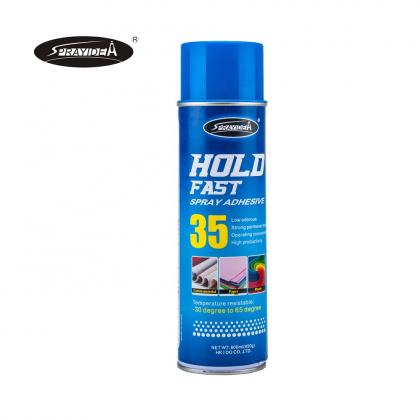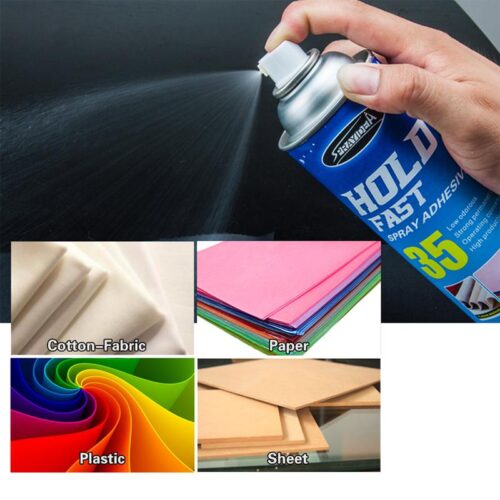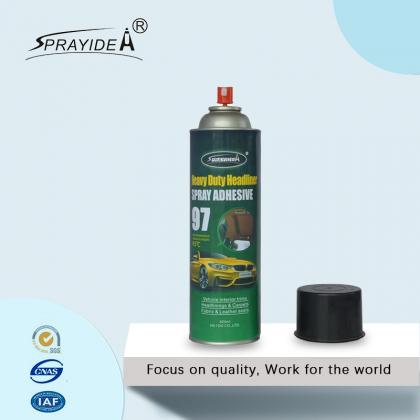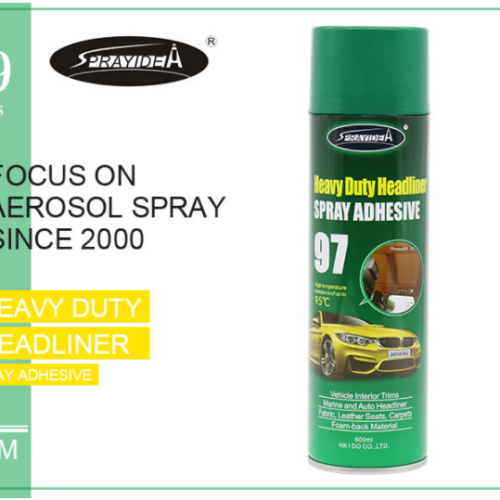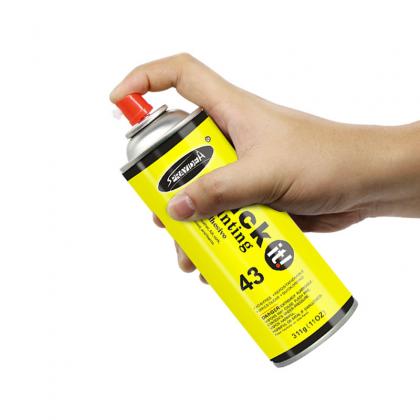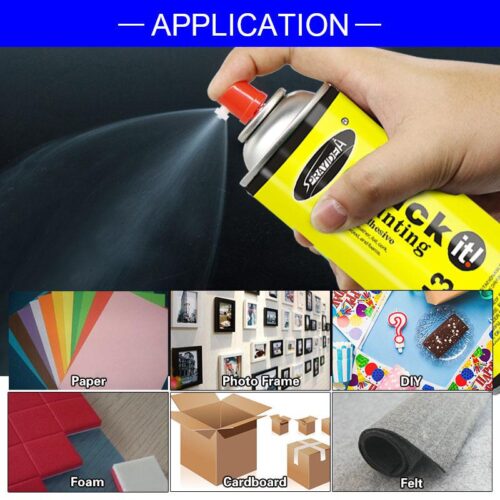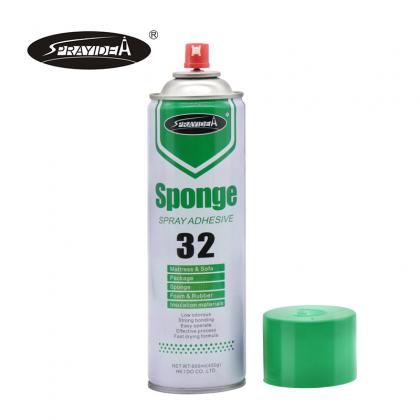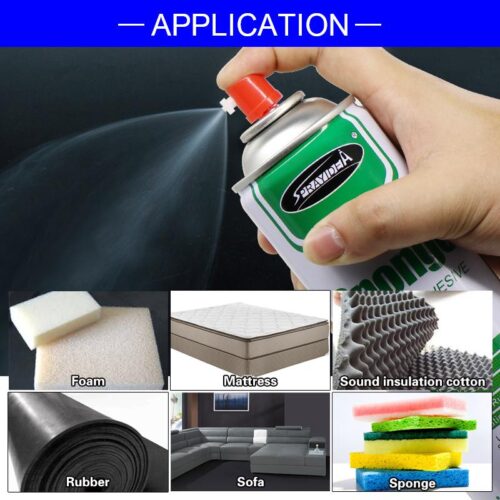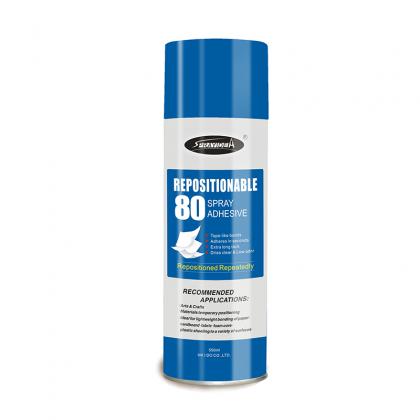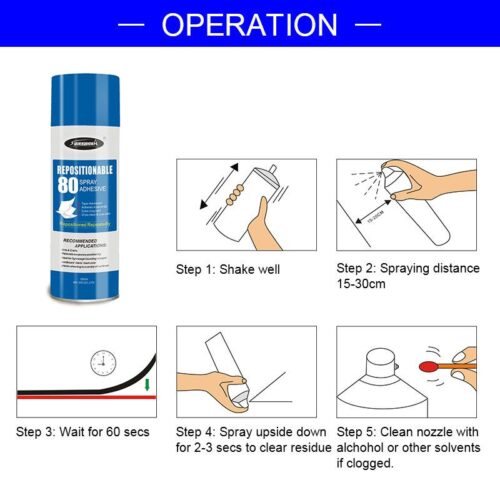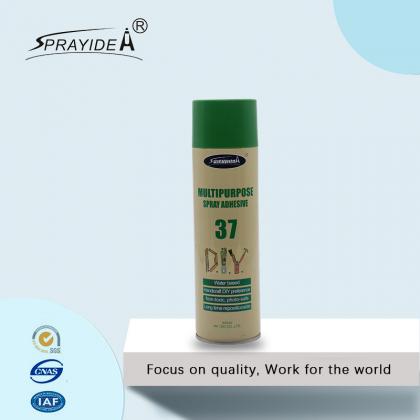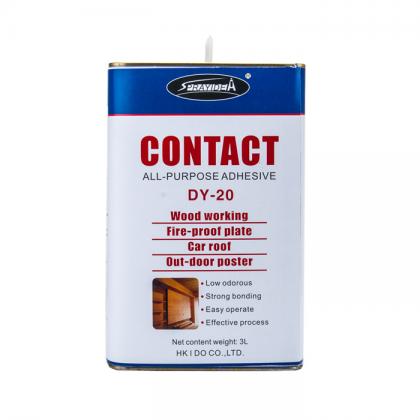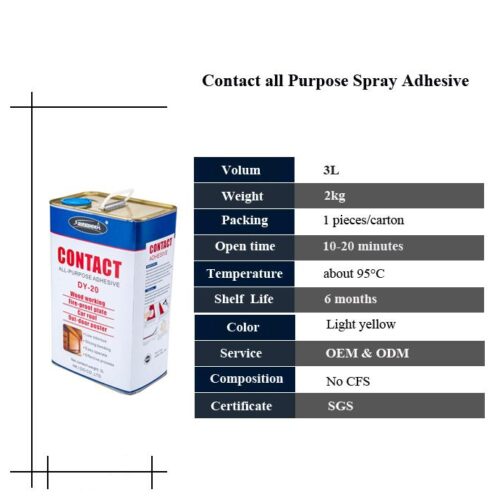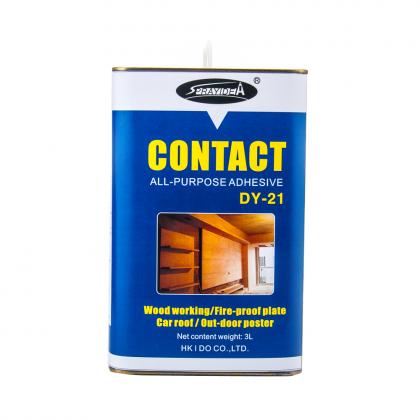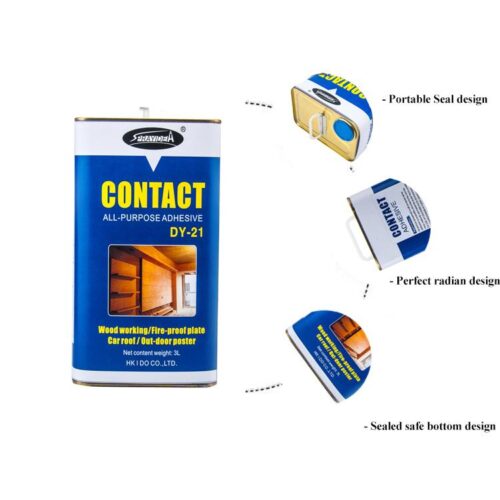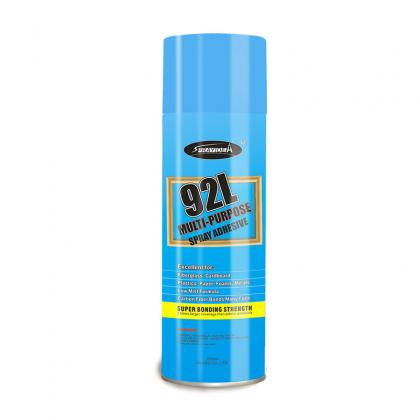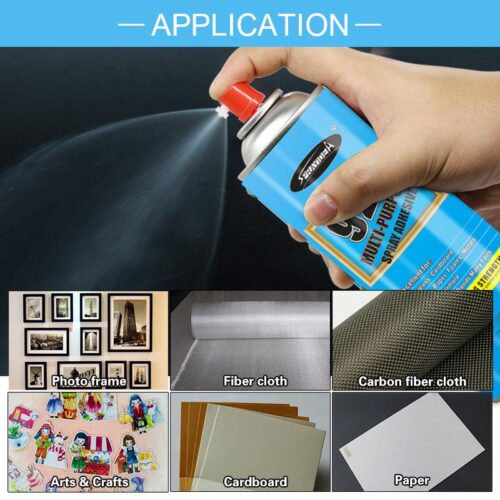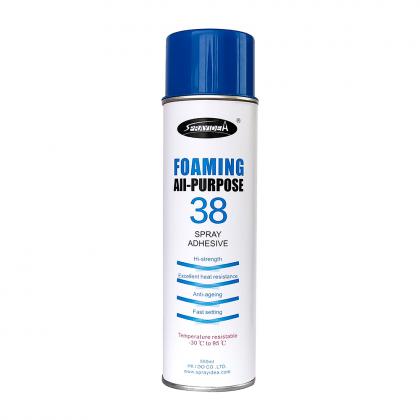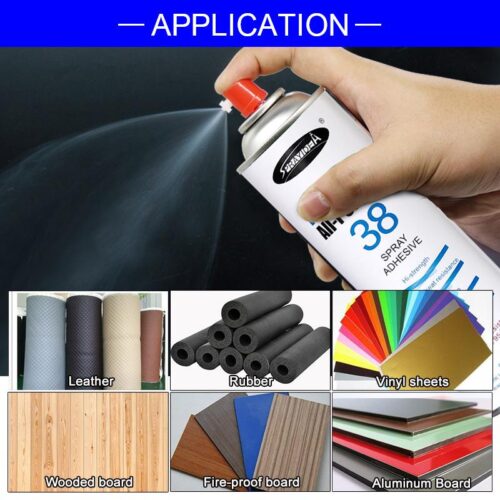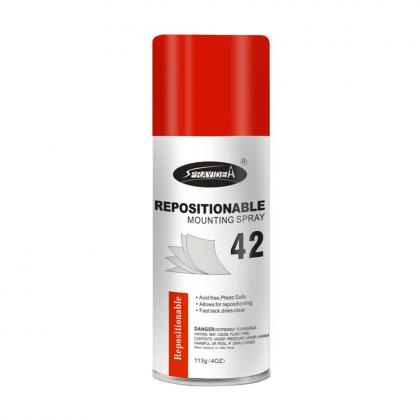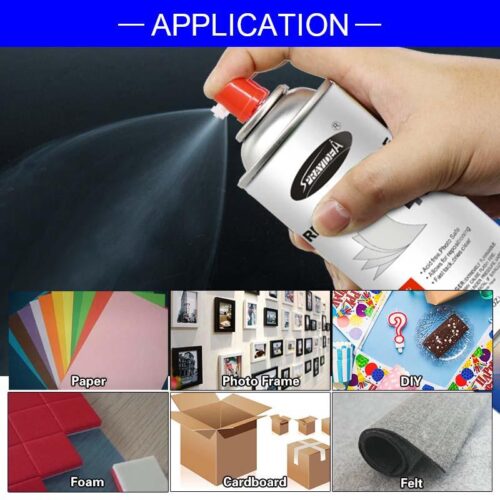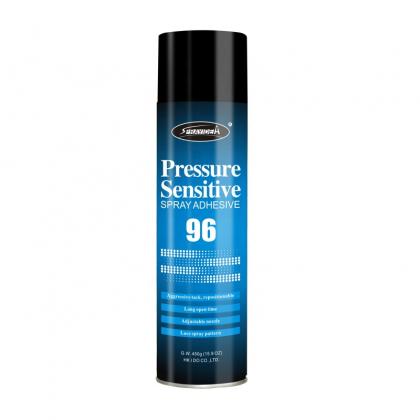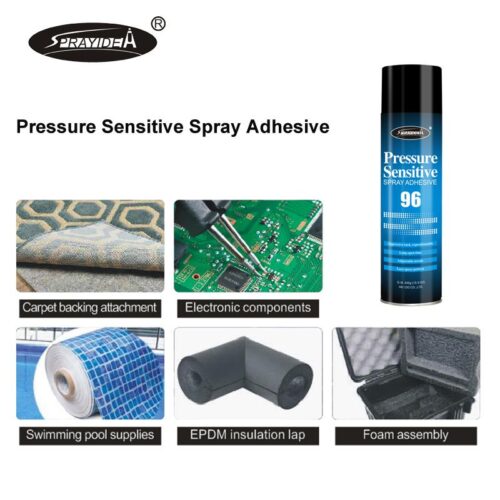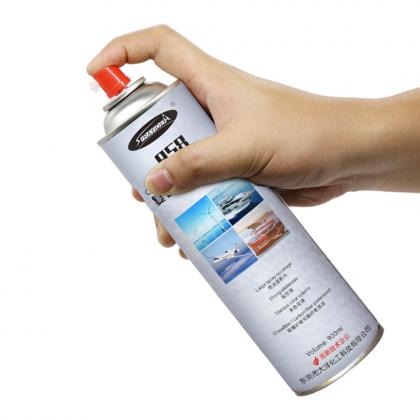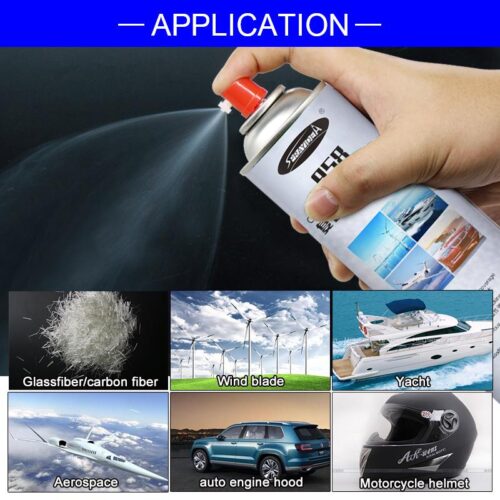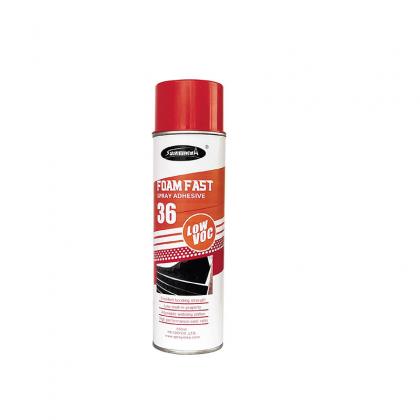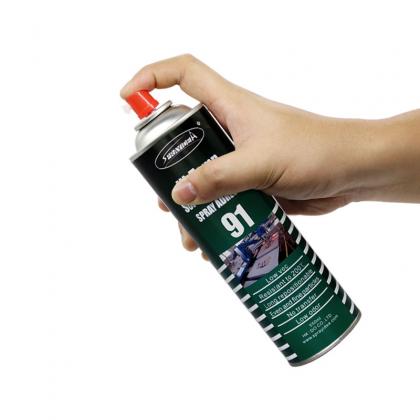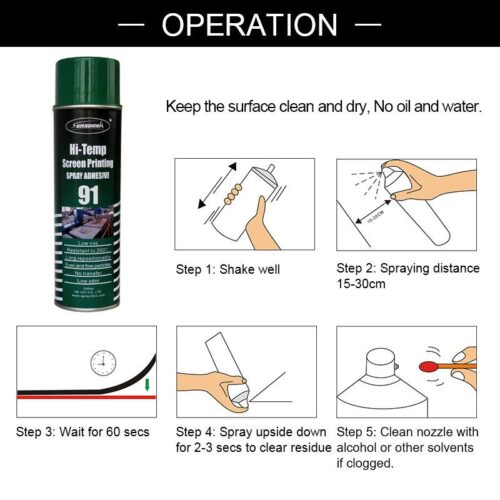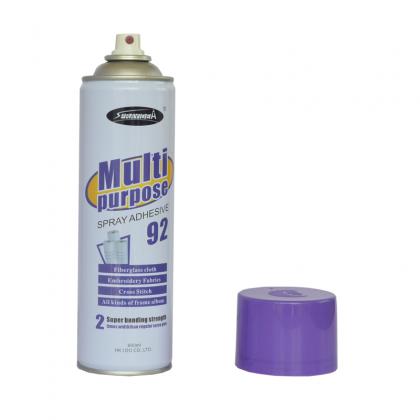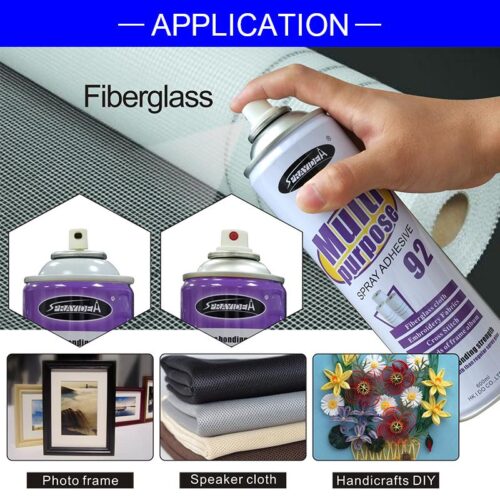Do-it-yourself projects are as fun as they are fulfilling. However, without the right adhesive, your project will come apart. When it comes to bonding plastics, the best types of glue to use are spray adhesives.
Spray adhesives offer an effective and convenient solution to bonding and securing plastics.
This guide will provide you with insights into the strengths and uses of spray adhesives. The products listed in this article will elevate your DIY experience.
These adhesives are guaranteed to help you achieve stronger and long-lasting bonds. So whether you’re a professional or a hobbyist, there’s something for you on this list. Read on for more.
Eight Valuable Spray Adhesive Products for Your Plastic-Based Projects
1.3M Super 77 Multipurpose Adhesive
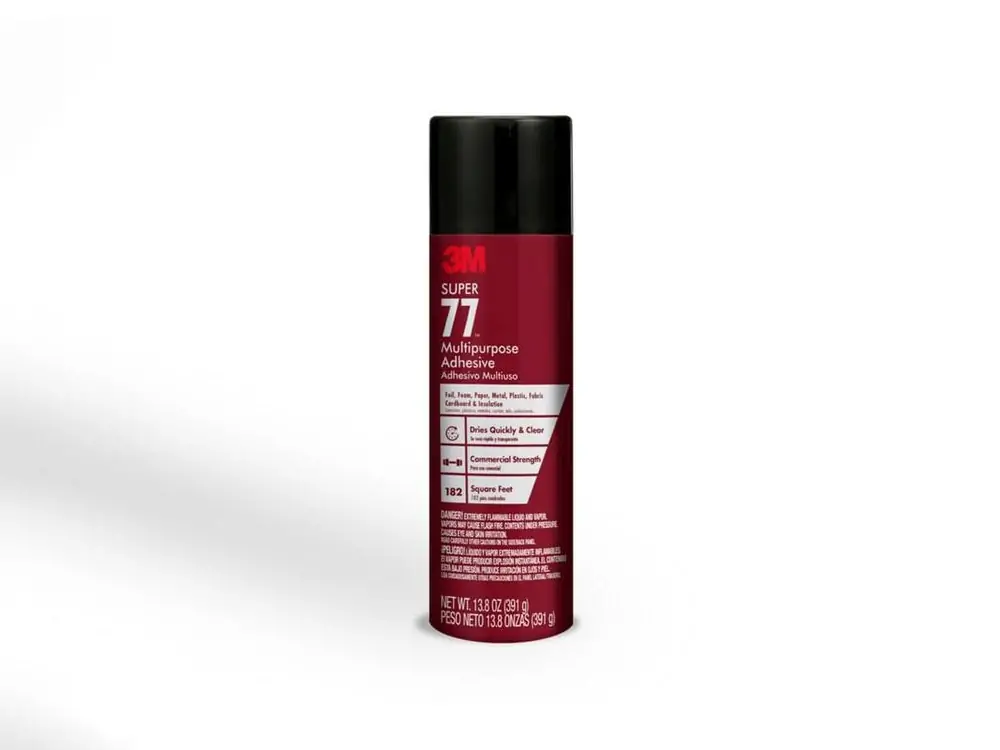
3M Super 77 is a multipurpose adhesive that works great on plastics and other materials. It offers a strong, lasting bond that dries quickly. This adhesive from 3M provides good coverage and is ideal for light materials, such as plastic. Its pros and cons include;
Instructions for Use
- In a quick, forceful motion, shake the can for 5 to 10 seconds
- After that, hold the can for about 6–8 inches from the surface
- Next, apply the adhesives onto both sides of the surfaces you want to bond. Make sure the coat is thin and even.
- Wait for 30 seconds to 1 minute for the glue to turn tacky
- After which, with a firm force, press the surfaces together
Tips
- It is important to shake the can well before use.
- Apply the adhesive in a well-ventilated area.
- Let the adhesive turn tacky before bonding. By tacky we mean the glue shouldn’t be completely dry and should retain a sticky feel.
Applications
- Bonding lightweight materials to plastic
- Temporary mounting of posters
- Attaching/securing foam or fabric to plastic surfaces
2. Photo Frame Spray Adhesive for Plastic Paper Foam Rubber Fabric Metal Wood
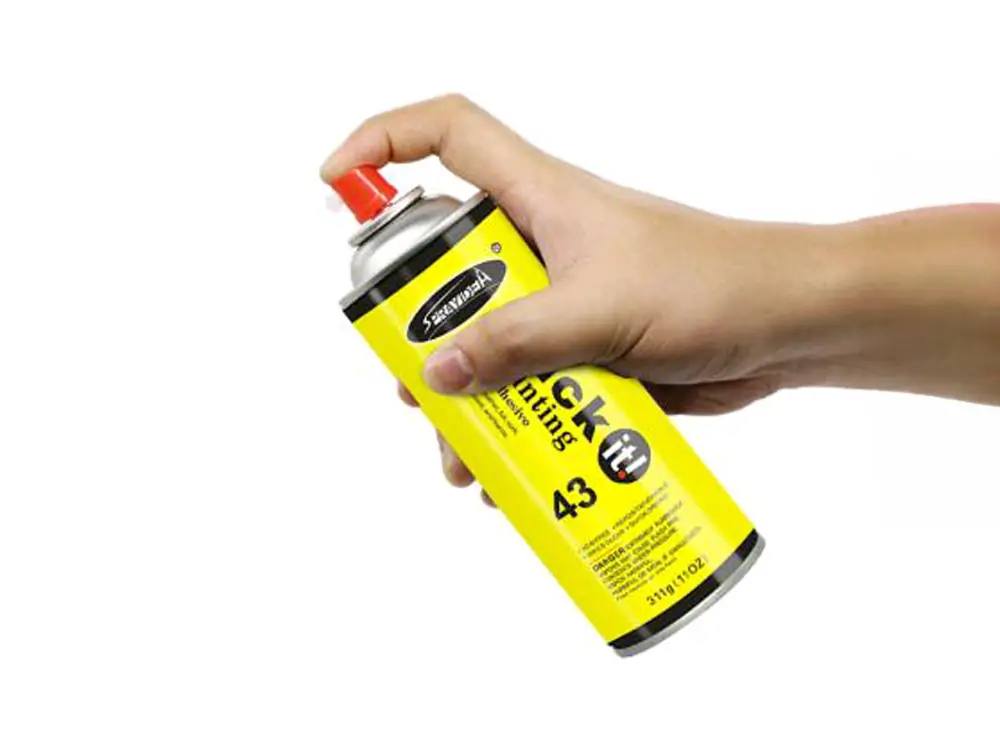
This specialized adhesive is designed for photo frames but works well on other materials. These materials include paper, rubber, foam, and plastics. The photo frame spray adhesive provides a strong, clear bond. This bond won’t damage plastics or other delicate materials.
Instructions for Use
- Shake the can vigorously for 30 seconds
- Hold the can 8–10 inches away from the surface before spraying
- Next, spray a thin, even coat on boat surfaces
- Leave the glue for 1 to 2 minutes so it turns tacky
- After which, use a firm hold to press both surfaces together
Tips
- When handling precious photos and materials, first test the glue on a small area
- Allow the glue to turn tacky before securing the surfaces
- Use the adhesive in an open space. Avoid using it in congested places.
Applications
- To mount photos on plastic backings
- Attach plastic frame components
- Bond mixed materials into photo albums
3. DAP Weldwood Spray Adhesive
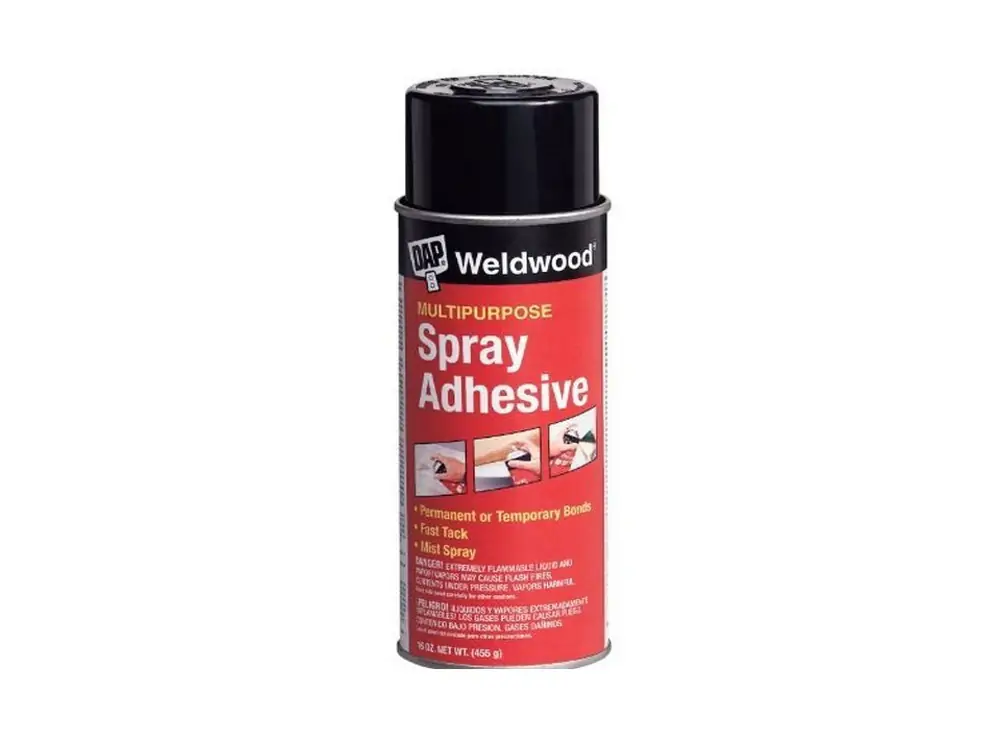
DAP Weldwood is a versatile spray adhesive for plastics and many other materials. It offers a strong bond with good resistance to water and heat.
Instructions for Use
- Shake the can for at least 1 minute before use
- Keep the can 8 to 10 inches away from the surface
- Apply a uniform coat to both surfaces
- Wait for 1 to 2 minutes until it turns tacky
- After that, apply even pressure and press the surfaces together
Tips
- Apply the spray adhesive in a sweeping motion for even coverage
- To create a permanent bond, apply the glue to each surface
- Shake the can well before use
Applications
- Permanent positioning of plastic parts
- General plastic bonding
4. All-Purpose Spray Adhesive for Plastic and PVC Paper- Sprayidea
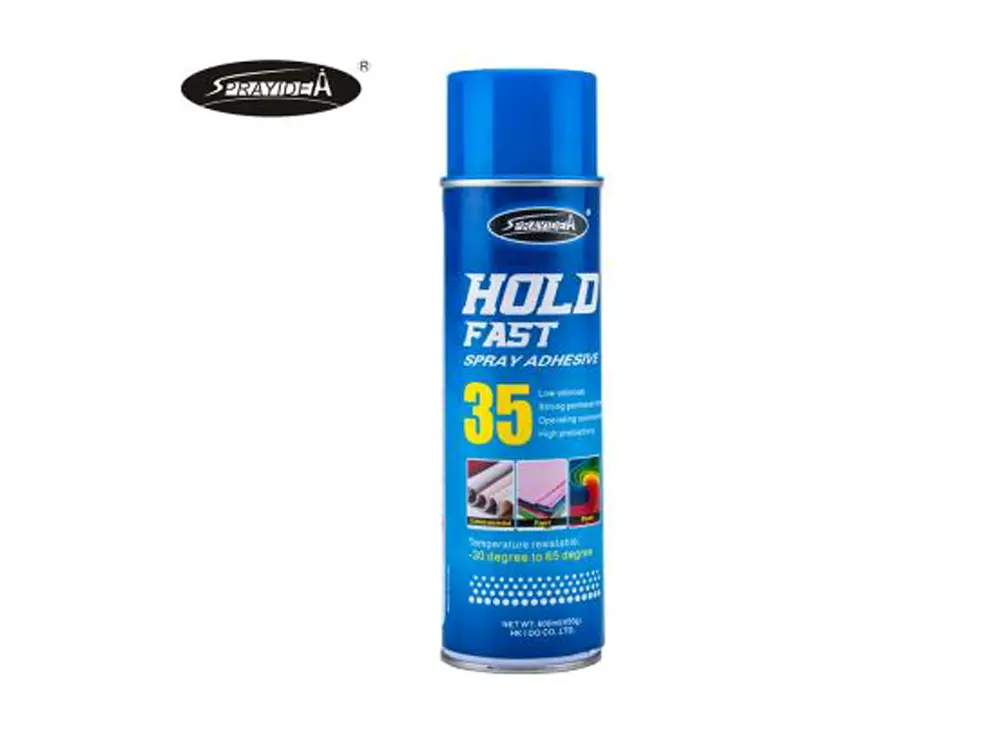
This adhesive by Spray idea is used for stenciling on walls, fabric, etc. Its main ingredient is SBS and offers permanent bonds for plastics.
Instructions for Use
- Clean the surface thoroughly before spraying
- Shake the can for about a minute
- Hold the can 6 to 8 inches away from the surface
- Spray and even coat onto both surfaces
- Wait for 2 to 3 minutes until the glue turns tacky
- Afterwards, join the surfaces with strong even pressure
Tips
- Apply the adhesive in thin, even coats
- Clean the surface well before application
- Allow proper drying time to achieve the strongest bond
Applications
- Plastic sheet installation
- PVC pipe assembly
- Bonding plastics to PVC
5. 3M Hi-Strength 90 Spray Adhesive
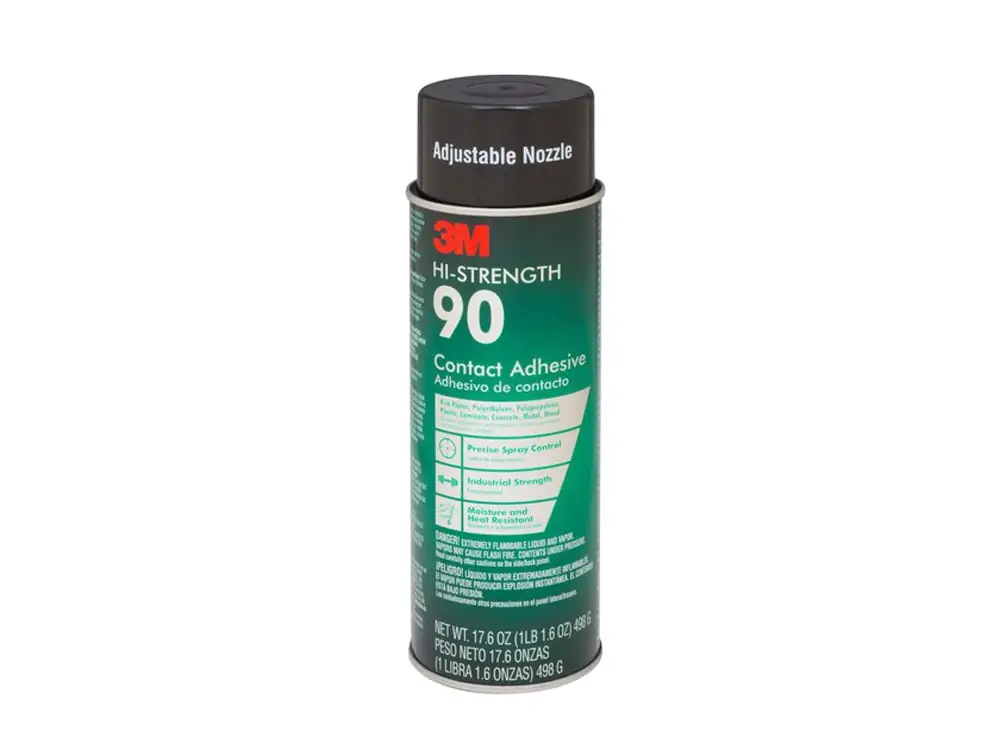
Fifth on our list is an industrial-grade adhesive from 3M which tailors to more demanding applications. 3M Hi-Strength 90 forms a powerful bond with plastics, concrete, wood, metal, etc.
Instructions for Use
- Use with protection in a well-ventilated area
- Shake the can for a few seconds
- Keep the can 5 to 7 inches from the surface before spraying
- Apply onto both surfaces in a cross-hitch or inverted spray pattern
- Wait 1 to 2 minutes until very tacky
- Then join the surfaces with strong pressure
Tips
- Allow the adhesive to become very tacky before joining the materials
- Apply the glue to both surfaces to create a stronger bond
Applications
- Large surface bonding of wood, plastics, etc
- General maintenance bonding and repair
- Industrial plastic bonding
6. Scotch Super 77 Spray Adhesive
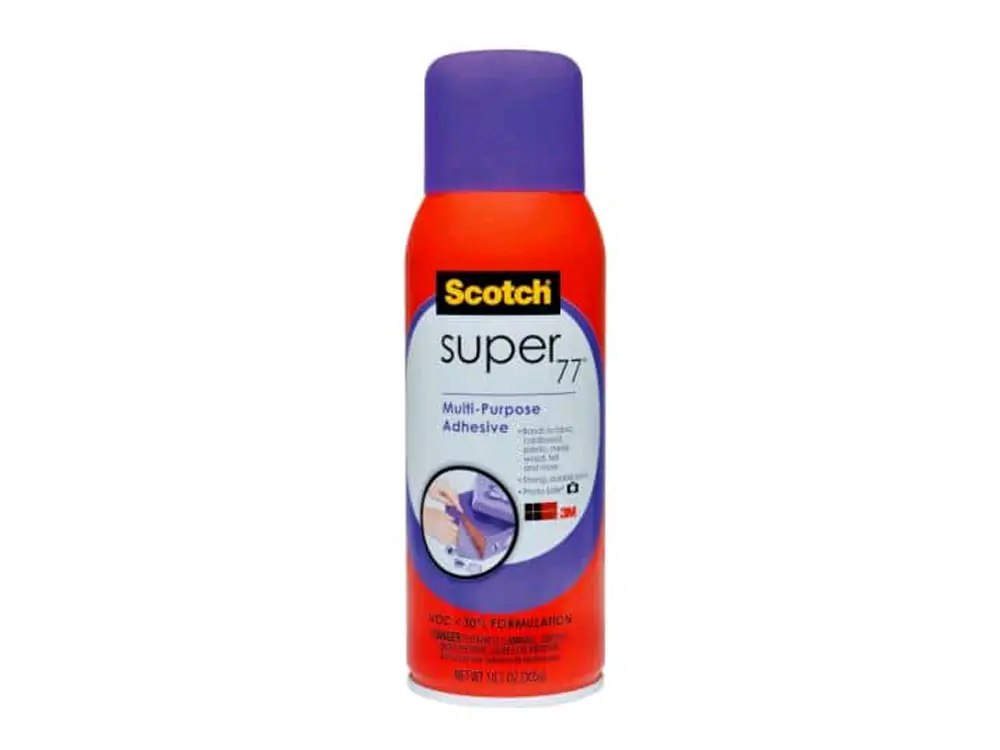
As another 3M product, Scotch Super 77 offers a balance of strength and versatility. It is a great solution for bonding lightweight materials to plastic surfaces.
Instructions for Use
- Start by shaking the can for 5 to 10 seconds
- Keep the can 6 to 8 inches from the surface
- Apply a light, even coat to the surfaces and wait for 15 to 30 seconds until it is tacky.
- After the wait time, press the surfaces firmly together.
Tips
- To achieve a strong bond, apply firm pressure to the materials.
- Leave the glue fit for up to a minute so that it dries but retains its stickiness.
Applications
- Securing plastic sheets
- Attaching plastic trim or moldings
- Molding plastic components in electronics
7. Krylon All Purpose Spray Adhesive
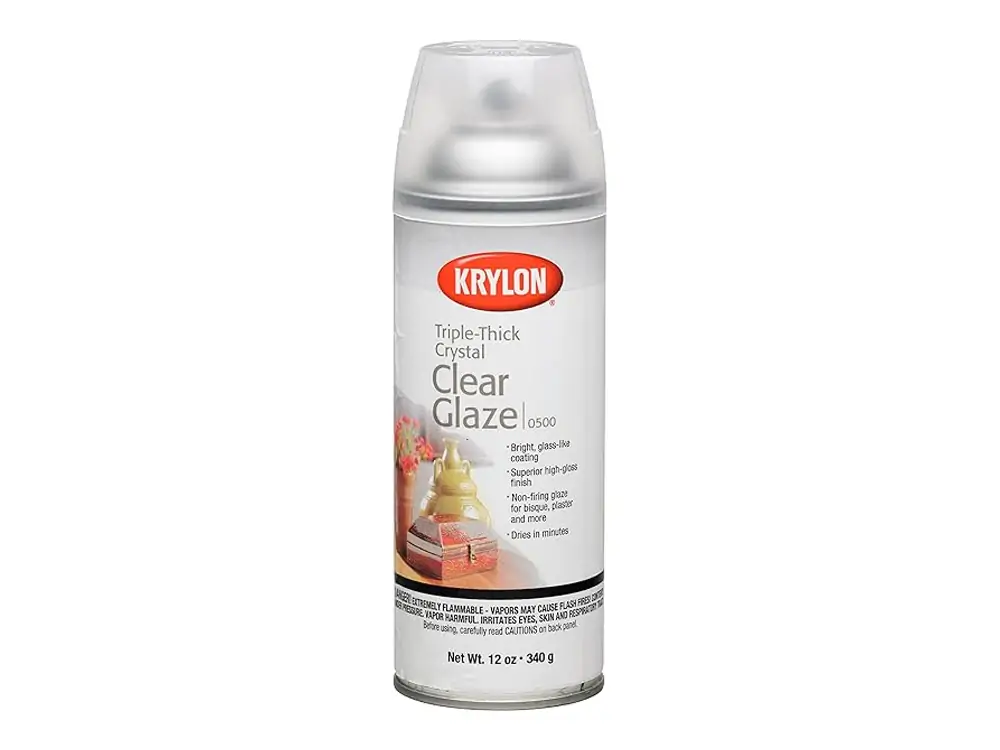
Krylon’s spray adhesive is known for its ease of use and reliable performance on plastics. This adhesive offers a strong balance between strength and flexibility.
Instructions for Use
- Before starting, shake the can for at least 1 minute
- Keep the can 8 to 10 inches from the surface
- Apply the glue in a sweeping motion
- After spraying, let it become tacky for 1 to 2 minutes
- Use firm pressure to join the surfaces
Tips
- Allow the adhesive to turn tacky before bonding
- Apply in a sweeping motion to get even coverage
Applications
- Temporary bonding for re-positioning
8. Elmer’s Craft Bond Spray Adhesive
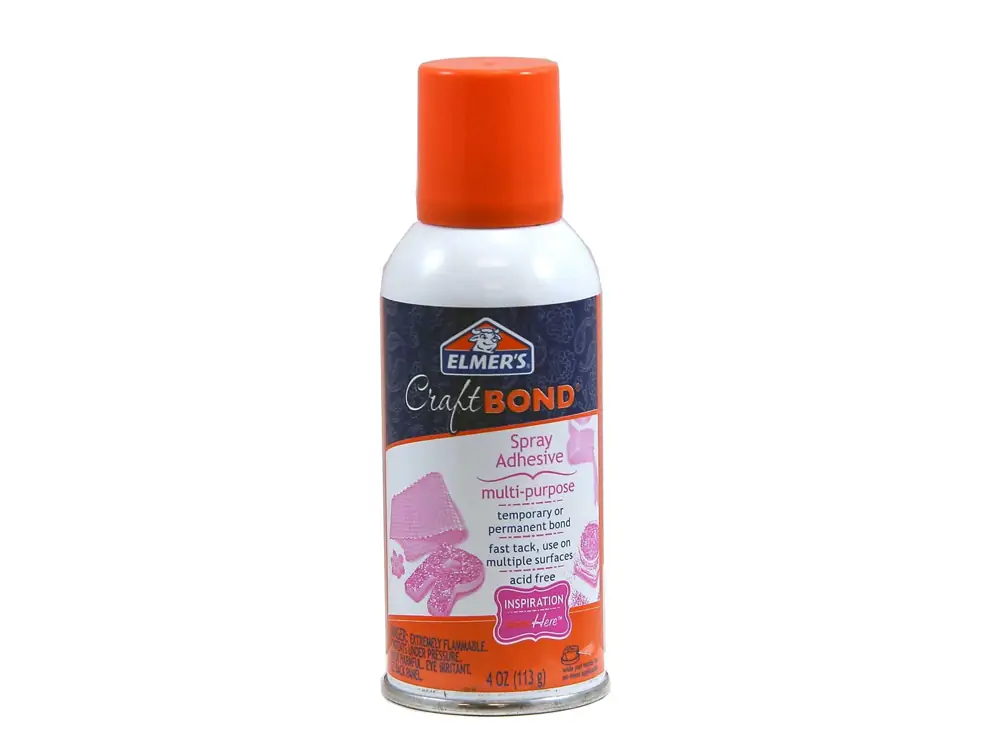
This adhesive is a popular choice for light craft work involving plastics. Elmer’s craft bond is easy to use and creates a reliable bond for many materials.
Instructions for Use
- Shake the can well before use
- Hold the can 6 to 8 inches from the surfaces.
- Apply a thin, even coat.
- Wait one minute for the glue to get tacky.
- Gently press surfaces together.
Tips
- Use in an open space.
- Apply in thin, even coats.
- Allow each coat to become tacky before bonding.
Applications
- School projects involving plastics
- Temporary mounting of plastic elements
- Light craft assemblies
Factors to Consider when Choosing Your Adhesive
1. Bond strength:
Choose an adhesive that offers the appropriate level of strength for your project.
2. Drying time:
Consider how fast you want the glue to set and select the adhesive that best suits your needs.
3. Flexibility:
Some projects may require a more flexible bond than others. So choose one that suits your needs.
4. Environmental resistance:
If your project will contact heat, moisture, and UV light, pick an adhesive resistant to these elements.
5. Material compatibility:
Ensure that the adhesive you use is compatible with the type of plastic you work with.
Sprayidea brand products for bonding plastics
We offer a wide range of adhesives suitable for bonding plastic. If you are looking to purchase spray adhesives in bulk, we encourage you to contact us. Let us know about your specific project and the adhesive performance you require. We will recommend the best adhesive solution tailored to your needs.
Conclusion
Spray adhesives are a convenient and efficient way to complete your DIY projects. By understanding the strengths and limitations of different products, you can select the right adhesive for your specific needs.
Remember to prioritize safety, follow application instructions, and consider factors that affect bonding. With the right spray adhesive and technique, you can achieve stronger, long-lasting bonds.

